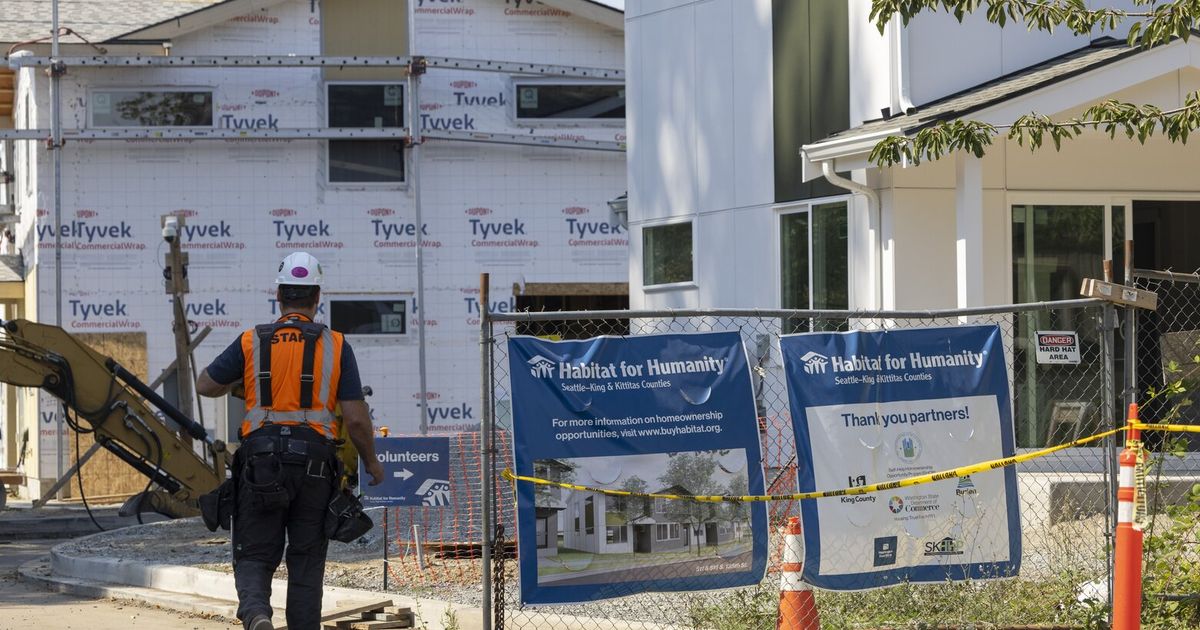H
igh interest rates, soaring construction costs, and economic uncertainty have created a perfect storm that has stalled the building industry. Developers are reluctant to launch new apartment projects even as the region’s housing demand remains urgent. In 2024, King County approved fewer multifamily permits than in any year of the previous decade, and Seattle’s permitting fell 66 % in the first half of the year compared with the same period last year.
“Right now we’re essentially frozen,” said Maria Barrientos, managing partner at Barrientos RYAN. “Even in a high‑end market, we’re not penciling anything in.” Kevin Wallace, president of Wallace Properties, warned that renters could face a “desert” of units until at least 2028, potentially derailing the area’s housing goals.
King County needs roughly 300,000 new units—most affordable—over the next two decades, with Seattle responsible for about a third. The pandemic’s low‑rate environment made financing cheap; 2021 and 2022 saw more than 16,000 multifamily permits each year, compared with about 14,000 in 2018‑19. Contractors were overwhelmed, with some turning down projects.
Pandemic‑financed developments are now completing, adding 10,300 new Seattle apartments last year—almost double the 2023 total. Yet permitting has halved in 2023 and remains low in 2024, making Seattle one of its slowest years for new units since 2018.
Developers are pausing until construction costs ease. Loan rates have roughly doubled since 2021, and supply‑chain pressures have pushed Seattle’s construction costs up 46 % since 2020. Tariffs on lumber and copper further inflate prices, and the uncertainty around future tariffs deters investment. Contractors like Rob Warnaca are offering equity stakes in exchange for cash to keep projects moving, reflecting the urgency to keep crews employed.
With a two‑year average build time, demand for apartments is expected to surge once construction resumes. Warnaca hopes developers will act now to pre‑empt a future inventory glut.
Seattle’s Mandatory Housing Affordability (MHA) program requires developers to include affordable units or contribute to a fund. As new construction slows, MHA contributions have dropped sharply; 2024 saw the lowest fund inflows since 2019, with developers opting for on‑site affordable units to reduce costs. Consultants report that even if MHA were removed, projects would still be infeasible under current market conditions. The city has streamlined design reviews, exempted certain projects, and eased office‑to‑housing conversions, but the impact of MHA fees remains significant when returns hover near the break‑even point.
Rent growth is likely to accelerate as the supply of new units dwindles. Over the past two years, King, Pierce, and Snohomish counties saw average yearly rent increases of about 1.3 %. Vacancy rates in King County averaged 5.5 % in the first half of 2024. Professor Gregg Colburn cautions that maintaining rent growth at 1–2 % will be difficult if vacancy falls below 5 %. CoStar projects rent hikes of 2.2–3.6 % over the next two years, and Washington’s 10 % rent‑increase cap for 2025‑26 still allows substantial rises. High rent growth threatens those on the edge of homelessness, contributing to record‑high evictions and legal overload.
In short, the combination of high financing costs, construction price inflation, regulatory burdens, and a stalled permitting pipeline threatens to widen the housing gap in King County and Seattle, while renters face tighter supply and rising rents.













